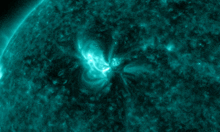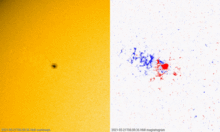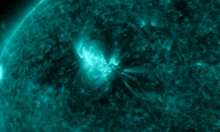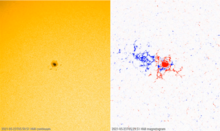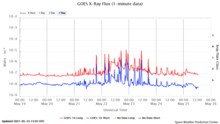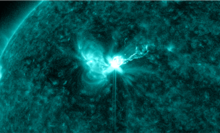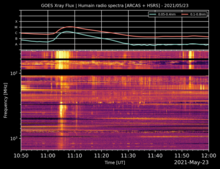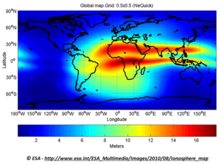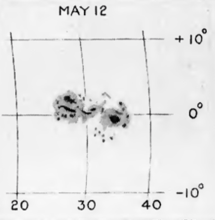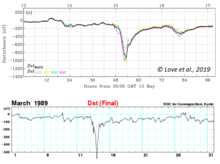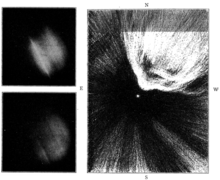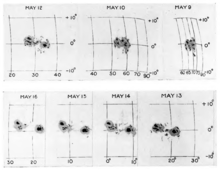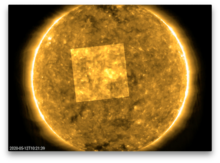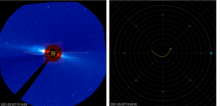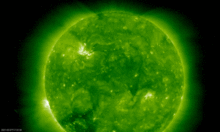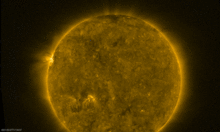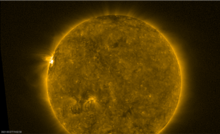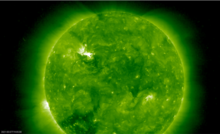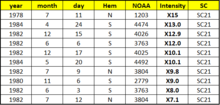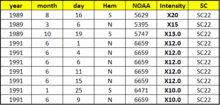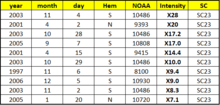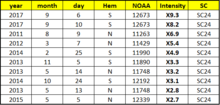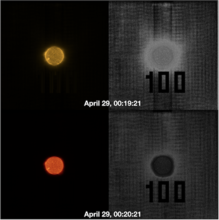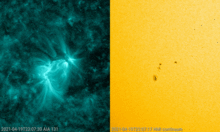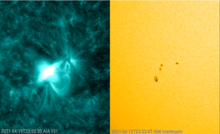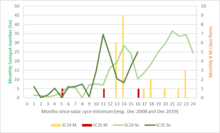news
Submitted on 2021-05-25
On 22 May, no less than 10 C-class and 2 M-class flares were registered, followed by another 4 C- and 1 M-class events during the subsequent day. The source of all this flaring activity was modest sunspot region NOAA 2824 in the northern solar hemisphere.
Submitted on 2021-05-25
The Journal of Space Weather and Space Climate (JSWSC) has opened a new Topical Issue on "Towards better understanding of the ionospheric plasma irregularities and scintillations"to appear in 2021/2022.
Submitted on 2021-05-18
A century ago, on 15 May 1921, the strongest geomagnetic storm of the 20th century took place, showing brilliant polar lights and significantly impacting telegraph and other technological services.
Submitted on 2021-05-11
The 3 telescopes of the Extreme Ultraviolet Imager (EUI) onboard Solar Orbiter opened their doors on May 12, 2020 to photograph the Sun. This is exactly 1 year ago. This ‘First Light’ was a crucial step to get the EUI telescopes up and running and pave the path to research.
Submitted on 2021-05-10
On 29 April, the Parker Solar Probe (PSP) passed the Sun at only 11.1 million km. This was its closest perihelion so far.
Submitted on 2021-05-10
NOAA 2822 produced a spectacular M3.9 flare on 7 May. This was the 4th M-class flare of solar cycle 25 (SC25).
Submitted on 2021-05-05
Call for nominations: international space weather and space climate medals 2021
Submitted on 2021-04-29
Kees, we wish you a Happy Birthday at the speed of light, 100 % supported by Solar Orbiter and EUI. You witnessed 9 solar cycles, passing smoothly to your 10th.
We loved your participation in 'De Kennis van nu' and your enthusiasm and support for Solar Orbiter.
Submitted on 2021-04-26
NOAA 2816 produced an M1 flare on 19 April. The associated CME was not earth-directed. This is only the 3rd M-class event of the new solar cycle.
Pages
Zircon - This is a contributing Drupal Theme
Design by
WeebPal.

